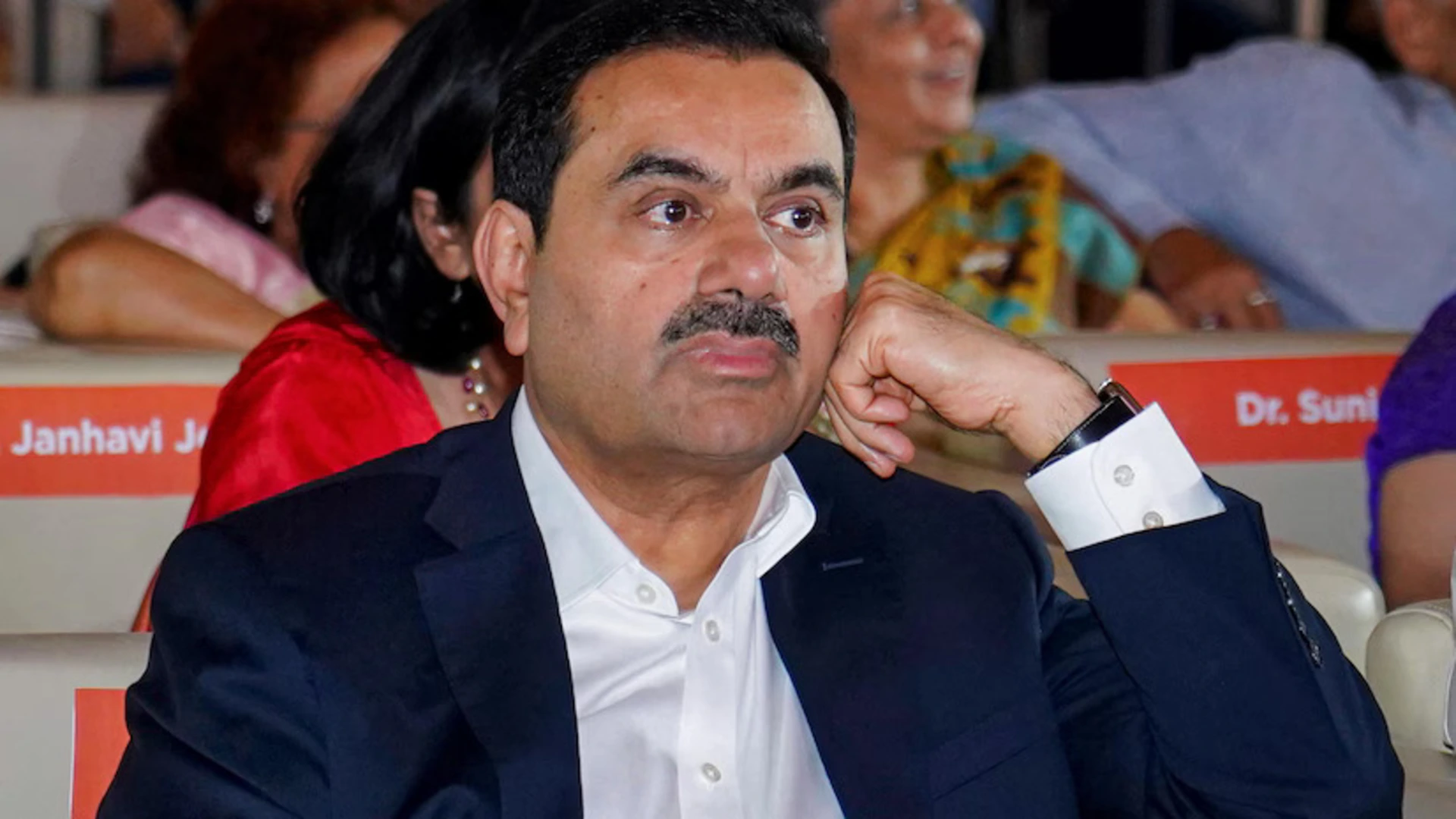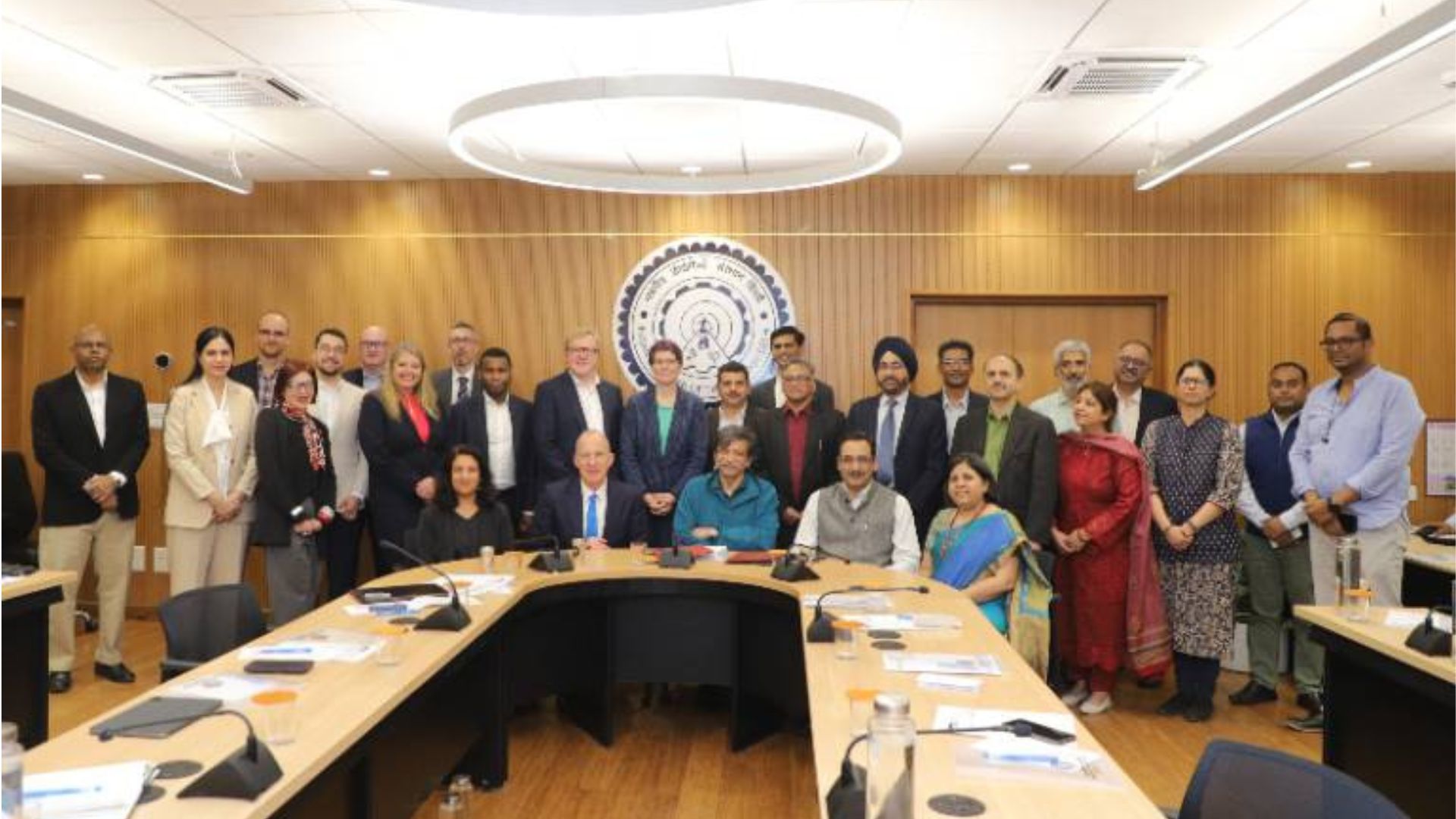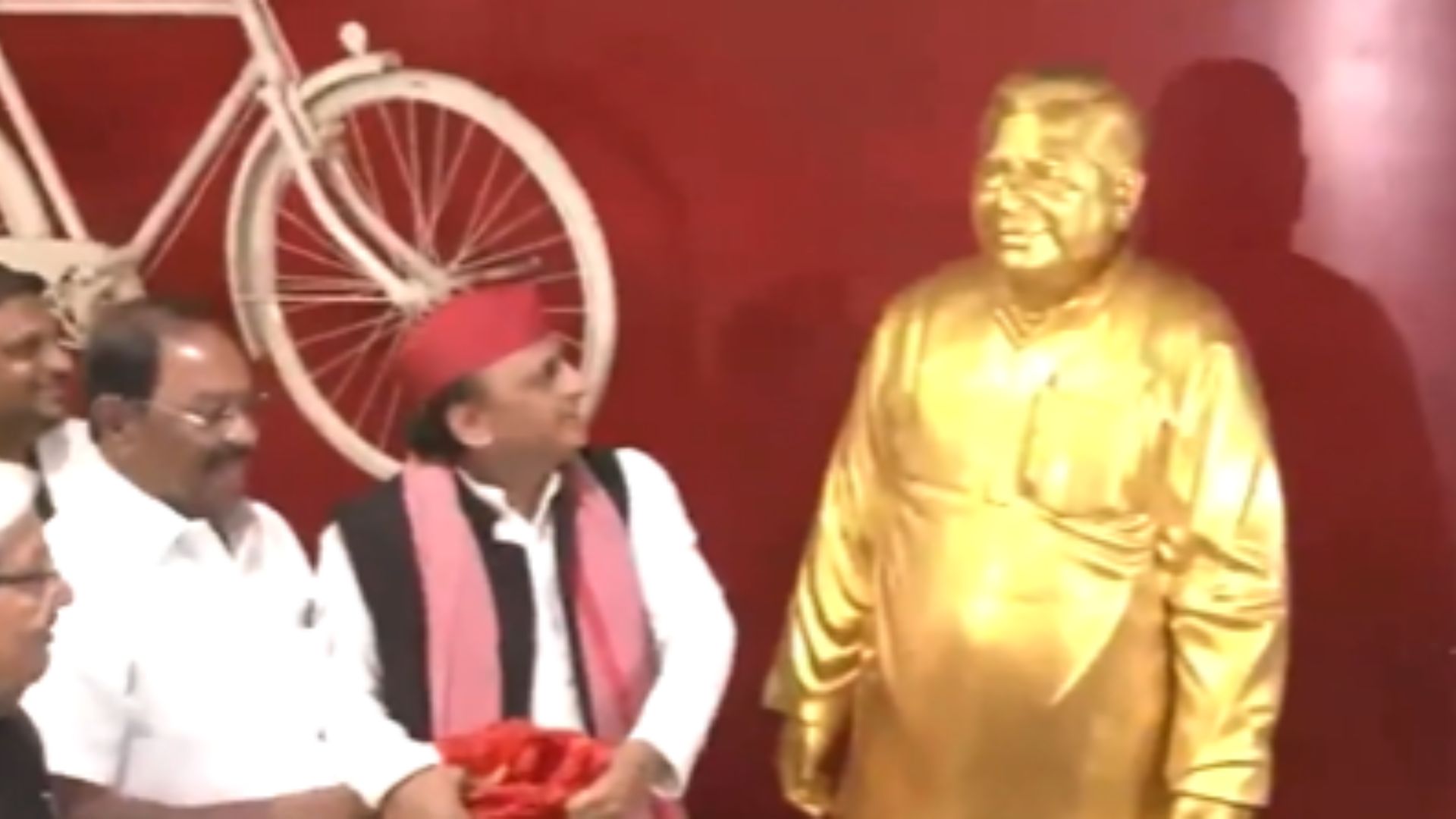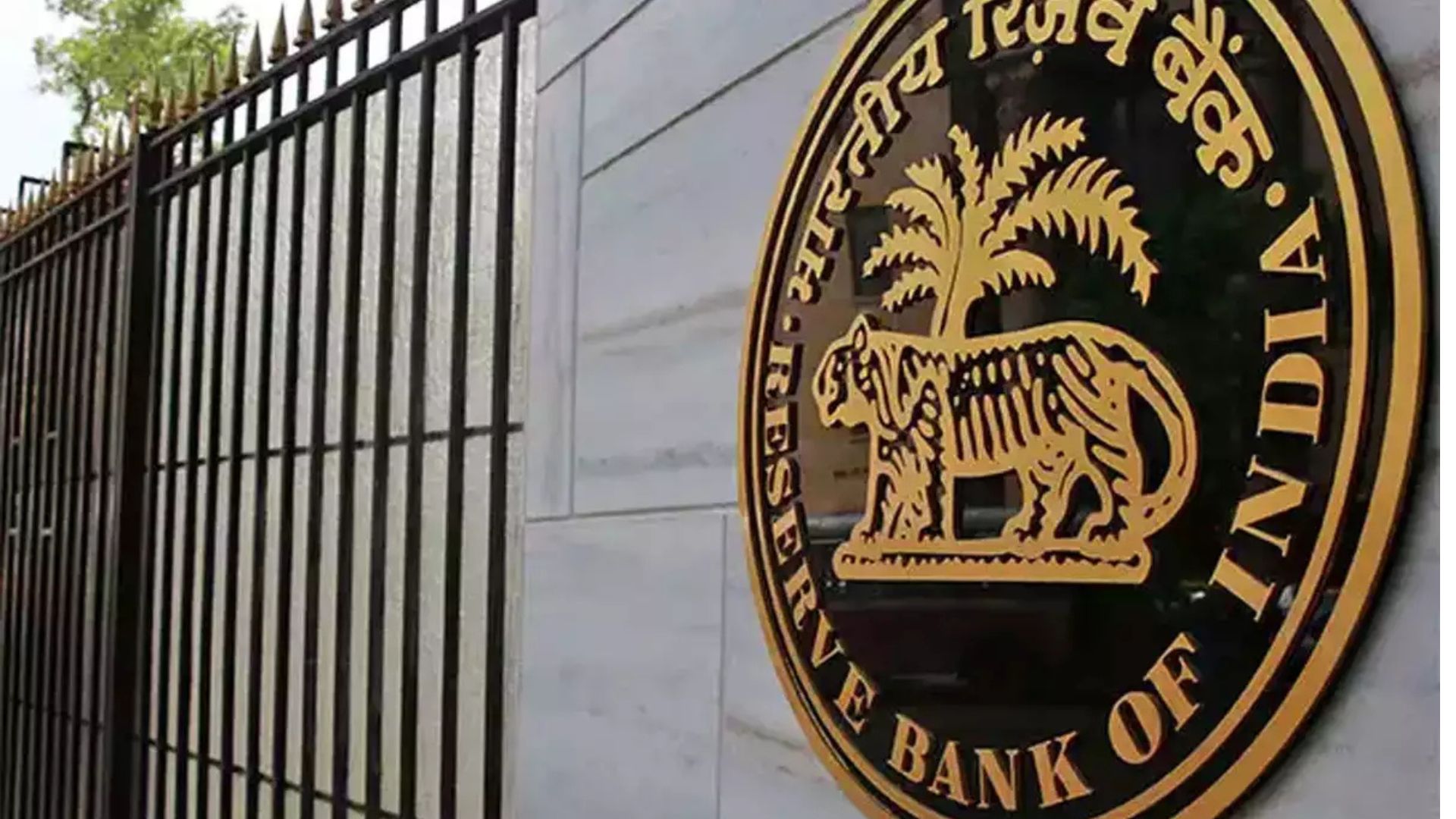
It is a symbol of resilience. Its political significance equally significant.
A holy city with its beautiful Golden Temple, a beacon of spirituality and architectural grandeur, to the haunting memories of the Jallianwala Bagh massacre, where the struggle for independence was written in blood, Amritsar has witnessed the triumphs and tragedies that have shaped the nation’s destiny.
The origins of this storied city can be traced back to the 16th century when Guru Ramdas, the fourth Sikh Guru, constructed a sacred pool, which later gave birth to the name “Amritsar,” meaning the “pool of nectar.” Despite facing devastation at the hands of Afghan and Mughal rulers, the resilient Sikh community’s unwavering spirit and determination revived the city, transforming it into a symbol of resilience and perseverance.
With the nation already in the midst of high-stakes general elections, excitement is running high. Everyone’s waiting eagerly as the big day approaches when the people of Amritsar will cast their votes on June 1st. It’s shaping up to be a crucial moment in our democratic journey, and all eyes are on this gripping electoral showdown in Amritsar.
Amritsar’s political significance is as glorious as its historical legacy. The Lok Sabha seat for this constituency has long been a coveted prize, witnessing intense battles between political heavyweights vying for the honor of representing this pivotal region.
Since India’s independence, the Indian National Congress (INC) party has dominated the Amritsar constituency, emerging victorious 12 times out of the total elections held. In the 2019 Lok Sabha election, Congress leader Gurjeet Singh Aujla triumphed over the Bharatiya Janata Party’s (BJP) candidate Hardeep Singh Puri, securing an impressive 4,45,032 votes against Puri’s 3,45,406 votes. The Aam Aadmi Party (AAP) candidate, Kuldeep Singh Dhaliwal, garnered 20,087 votes in the same election. The voter turnout stood at a respectable 56.34%, reflecting the city’s active political engagement and the electorate’s determination to make their voices heard.
However, the dynamics of Amritsar’s political landscape have undergone a significant shift in recent years, reflecting the changing tides of public sentiment and the evolving socio-political climate. Prior to 1999, Hindu candidates held sway, winning 9 out of 14 elections (including by-elections), while Sikh candidates secured victory only 5 times. But the tide has turned, with the parties increasingly preferring to field Sikh candidates, and in the five Lok Sabha elections (including by-elections) held since 1999, Sikh candidates have emerged victorious every single time.
The Amritsar Lok Sabha constituency encompasses 9 assembly segments: Ajnala, Raja Sansi, Amritsar North, Amritsar West, Amritsar Central, Amritsar East, Amritsar South, Attari, and Majitha. With a total of 860,582 registered voters, this constituency wields substantial influence in shaping the political landscape of Punjab and, by extension, the nation.
A closer examination of the statistical intricacies reveals the ebbs and flows of electoral fortunes in Amritsar. In the 2014 Lok Sabha election, Congress stalwart Amarinder Singh emerged victorious over the BJP’s Arun Jaitley, securing 4,82,876 votes (48% vote share) and defeating Jaitley, who garnered 3,80,106 votes (37.74% vote share), by a margin of over one lakh votes.
After Amarinder Singh’s ascension to the Chief Minister’s office in Punjab, a by-election was necessitated for the Amritsar Lok Sabha seat in 2017. In this closely contested battle, Congress’ Gurjeet Singh Aujla emerged triumphant over the BJP’s Rajinder Mohan Singh Chhina, securing a substantial margin of 1,99,189 votes and cementing the party’s hold on the constituency.
Looking back at historical trends, the vote share in Amritsar has fluctuated between the two dominant parties, the Congress and the BJP. In 2019, the INC secured an impressive 51.78% of the vote share, while the BJP garnered 40.19%. In 2014, the INC’s vote share stood at 47.94%, while the BJP trailed closely at 37.74%. Interestingly, in 2009, the tables were turned, with the BJP leading the pack at 48.13% and the INC following closely at 47.29%, reflecting the fluid nature of Amritsar’s political landscape and the electorate’s willingness to shift allegiances based on prevailing circumstances and issues.
The voter turnout in Amritsar has also witnessed varying levels of participation over the years. In 2019, the turnout was 57.07%, while in 2014 and 2009, it stood higher at 68.18% and 65.63%, respectively. Notably, the percentage of NOTA (None of the Above) votes in the 2019 election was 1.02%, indicating a segment of voters dissatisfied with the available choices or seeking alternative options beyond the traditional political parties.
As the nation gears up for the 2024 Lok Sabha election, scheduled for June 1st with the counting of votes on June 4th, there’s a lot of excitement in Amritsar’s political scene. The incumbent MP, Gurjeet Singh Aujla of the Congress party, is aiming for an unprecedented hat-trick, having secured consecutive victories in the 2017 by-poll and the 2019 general election. His bid for a third term will undoubtedly face fierce competition from the opposition parties.
In a bid to reclaim the prestigious Amritsar Lok Sabha seat, the Bharatiya Janata Party (BJP) has fielded a formidable candidate – former diplomat and ambassador to the United States, Taranjit Singh Sandhu. Sandhu, who retired as the Indian envoy to the US in February and joined the BJP in March, brings a wealth of experience and diplomatic clout to the political arena, adding a new dimension to the contest.
Ahead of his nomination, Sandhu had been a vocal advocate for establishing US consulates in Indian cities, playing a pivotal role in the opening of the Indian consulate in Seattle. His candidacy has undoubtedly added a new layer of intrigue to the political landscape of Amritsar, where his international experience and connections could resonate with voters seeking a broader perspective on governance.
The Aam Aadmi Party (AAP), which has been making significant inroads in Punjab’s political sphere, has nominated Kuldeep Singh Dhaliwal, the Cabinet Minister and MLA from Ajnala, as their candidate for the Amritsar seat.
Dhaliwal’s candidacy represents the party’s ambition to expand its footprint in the state and challenge the dominance of the Congress and BJP by offering a fresh alternative to the electorate.
In the past general elections in Punjab, the BJP secured 2 seats with a 9.7% vote share, while the Congress emerged as the frontrunner with 8 seats and a 40.6% vote share. The Shiromani Akali Dal (SAD) and AAP each won 1 seat, highlighting the growing political diversity in the state and the electorate’s willingness to explore new options beyond the traditional parties.
As the campaign trail heats up, the battle for Amritsar’s Lok Sabha seat promises to be a closely watched contest, with each party leaving no stone unturned to sway the electorate.
The city’s rich history and political significance ensure that the outcome will reverberate across the nation, shaping the future course of governance and representation at the highest levels.
Many important Indian politicians have represented the Amritsar Lok Sabha constituency. These include well-known figures like Gurmukh Singh Musafir (Indian National Congress), Navjot Singh Sidhu (who was once with the Bharatiya Janata Party), and Amarinder Singh (Indian National Congress)
Their legacies have left an indelible mark on the city’s political tapestry, serving as a reminder of the weight and responsibility that comes with representing this influential constituency. As the candidates from various parties hit the campaign trail, the citizens of Amritsar find themselves at a crossroads, weighing the promises and visions presented by each contender. The city’s diverse electorate, comprising different communities and socio-economic strata, will undoubtedly play a pivotal role in shaping the outcome, with each segment of society bringing its unique concerns and priorities to the table.
In the midst of all the noise from rallies and speeches, it’s really important for voters to closely look at what the candidates have done before, what they plan to do, and how they want the city to grow.
Issues such as infrastructure, healthcare, education, and employment will likely take center stage, as Amritsar strives to maintain its position as a thriving economic and cultural hub while addressing the pressing needs of its citizens. Voters will undoubtedly be seeking assurances and concrete plans from the candidates to tackle these fundamental concerns that directly impact their daily lives. As the sun sets on the Golden Temple, the city awaits with bated breath, eager to witness the dawn of a new political era that will shape its destiny for years to come.
The combined opinions of the people in Amritsar, heard through voting, will reverberate across the nation, influencing the delicate balance of power in the hallowed halls of Parliament.
Ultimately, the decision rests in the hands of the electorate, who will cast their votes based on a myriad of factors, including party allegiances, individual candidates’ track records, and the pressing issues that resonate most deeply with their lived experiences. It is a momentous responsibility, one that will shape not only the future of Amritsar but also the trajectory of the nation as a whole.
As the nation holds its collective breath, Amritsar stands poised to once again etch its name in the annals of India’s political history, a testament to the enduring spirit of democracy and the power of the people’s voice.















